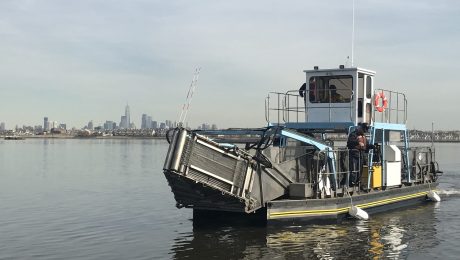Pewaukee Lake is the largest of the ninety-one lakes located in Waukesha County, Wisconsin. It is a premier lake for Musky, Walleye, Northern Pike, and Largemouth bass. It supports a diverse plant community that is dominated by Eurasian watermilfoil. The Lake Pewaukee Sanitary District is in charge of lake management and its program consists of
Pewaukee Lake was formed in 1838 when a dam was constructed along the Pewaukee River and the wetland was flooded. It combined with Snake Lake to form the 2,500 acre Pewaukee Lake. For 40 years – 1945 to 1985 – the sanitary district used herbicides, including 2-4-D for 17 years, in an attempt to control








